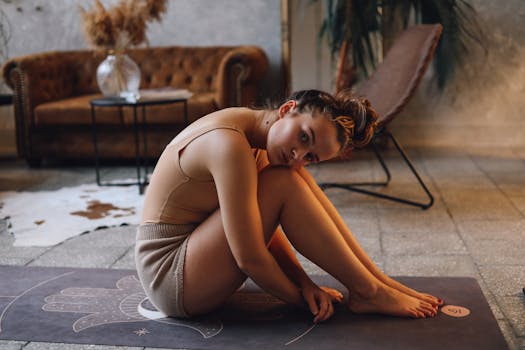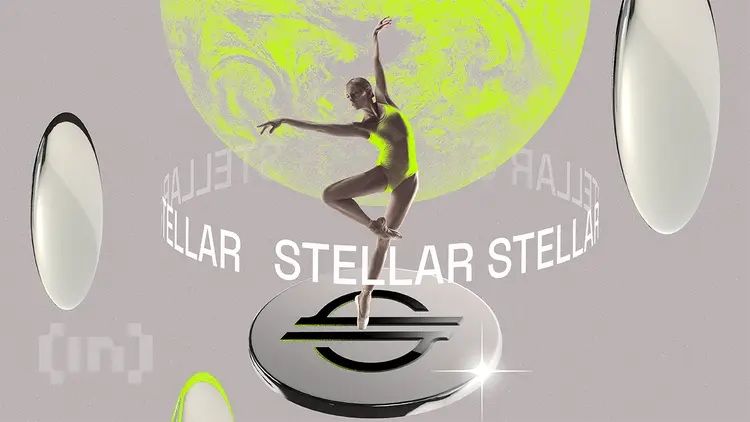
Enhancing Accessibility in Pilates: Props and Modifications for All Abilities
Takeaways: This article explores how to adapt Pilates workouts to make them accessible for individuals of all abilities. By utilizing various props and modifications, instructors and practitioners can ensure that everyone can enjoy the benefits of Pilates. From resistance bands to foam rollers, learn how to create an inclusive environment that promotes wellness and fitness.
Pilates is a versatile exercise method that focuses on strength, flexibility, and overall body awareness. However, accessibility can be a concern for many individuals who wish to engage in Pilates workouts. Whether due to physical limitations, injury recovery, or other health issues, it is crucial to adapt Pilates practices to ensure everyone can participate. In this article, we will explore various props and modifications that make Pilates accessible to all, allowing everyone to experience the benefits of this fantastic workout.
Understanding the Importance of Accessibility in Pilates

By incorporating props and modifications, instructors can create an inclusive environment that welcomes everyone. Accessibility in Pilates not only empowers individuals with disabilities but also enhances the experience for all participants, fostering a sense of community and support. It encourages individuals to engage in physical activity, which is essential for overall health.
Essential Props for Accessible Pilates Workouts
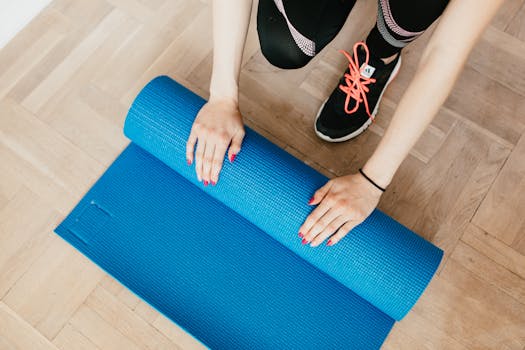
1. Resistance Bands
Resistance bands are lightweight and versatile, allowing individuals to perform exercises with varying levels of resistance. They can help individuals who may struggle with traditional weights, providing support and assistance in building strength.
2. Yoga Blocks
Yoga blocks are ideal for helping individuals reach the floor or maintain proper alignment during exercises. They can be used to elevate the hands, providing stability and support for those with limited mobility.
3. Stability Balls
Stability balls can be used to modify various exercises, making them more accessible. Individuals can sit on the ball for added support or use it to assist in balance and core strength exercises.
4. Foam Rollers
Foam rollers are excellent tools for self-myofascial release and can aid in stretching and muscle recovery. They can be used to enhance mobility and reduce tension in various muscle groups.
5. Chairs or Benches
For individuals with limited mobility, using a chair or bench allows for seated exercises. This adaptation ensures that everyone can participate in Pilates without straining or risking injury.
Modifications for Common Pilates Exercises
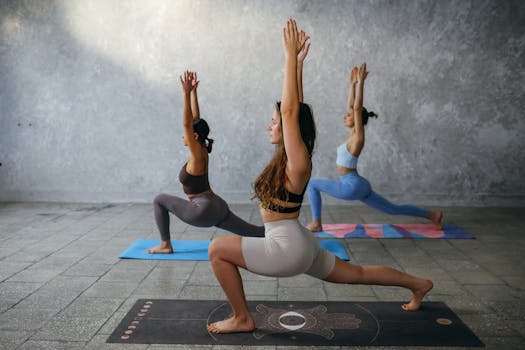
1. The Hundred
In this classic Pilates exercise, individuals can modify their position to suit their abilities. For those with back issues, performing the exercise while seated on a stability ball can provide support while still engaging the core.
2. Roll-Up
Instead of performing a traditional roll-up, individuals can use a resistance band for assistance. Anchoring the band under their feet while pulling themselves up allows for a controlled movement without straining the back.
3. Leg Circles
Leg circles can be performed while lying down or seated. Individuals can use a yoga block under their lower back for support, allowing them to maintain proper alignment while performing the exercise.
4. Side Leg Lifts
To modify side leg lifts, individuals can perform the exercise while lying on their back with their knees bent. This modification reduces strain on the hips and lower back while still targeting the glutes.
5. Plank
For those who find a traditional plank challenging, modifying it by performing the exercise on a bench or chair can reduce strain on the wrists and back while still engaging the core.
Creating an Inclusive Pilates Environment
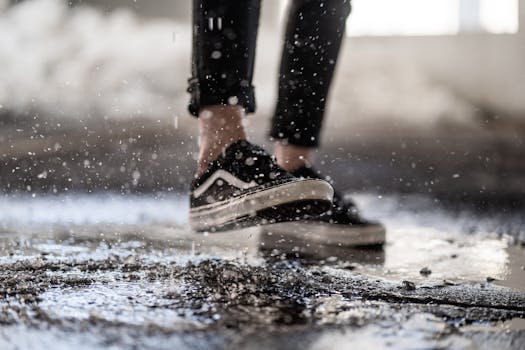
- Encourage open communication: Invite participants to share any concerns or limitations they may have.
- Provide options: Always offer modifications for each exercise, ensuring that individuals can choose the level that suits them best.
- Use clear language: When instructing, use clear and descriptive language to guide participants through modifications.
- Foster a supportive atmosphere: Encourage participants to support one another and celebrate individual progress.
- Continuously educate yourself: Stay informed about accessibility best practices and adapt your teaching methods accordingly.
Conclusion
